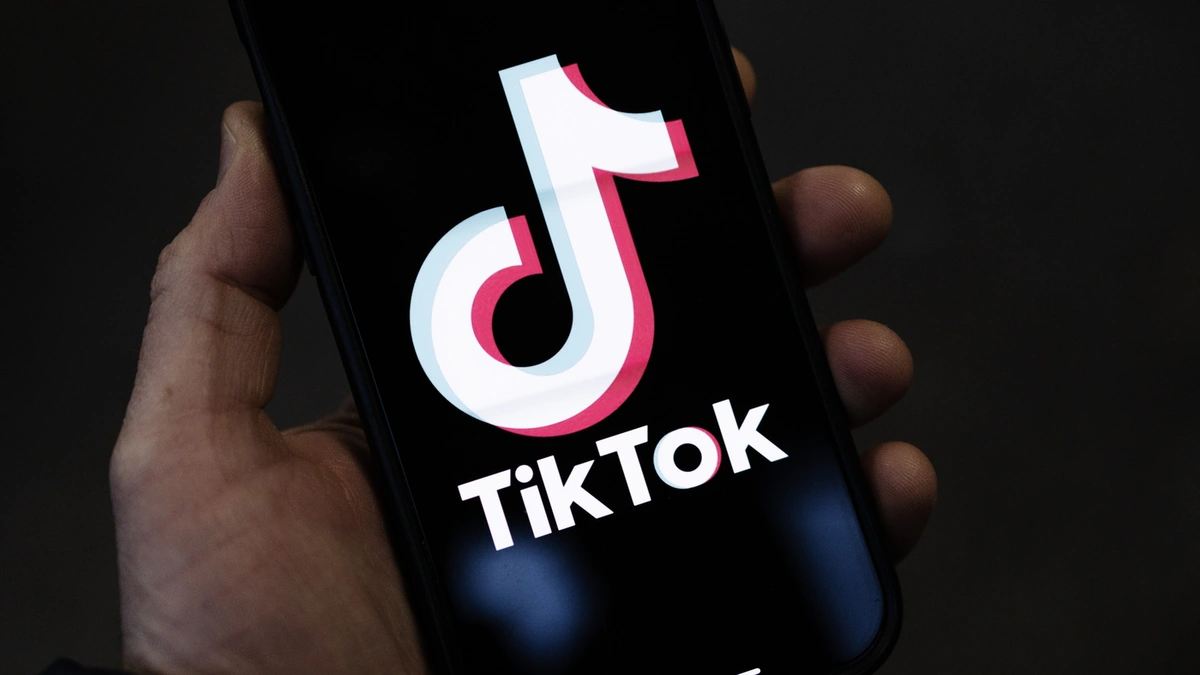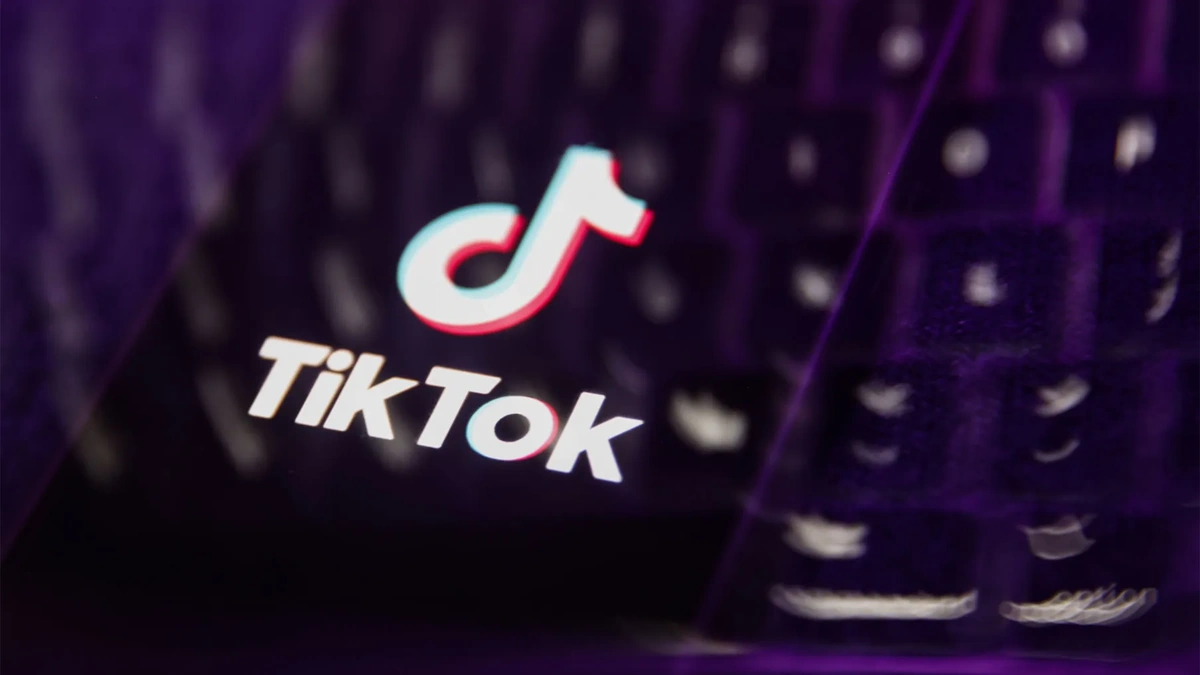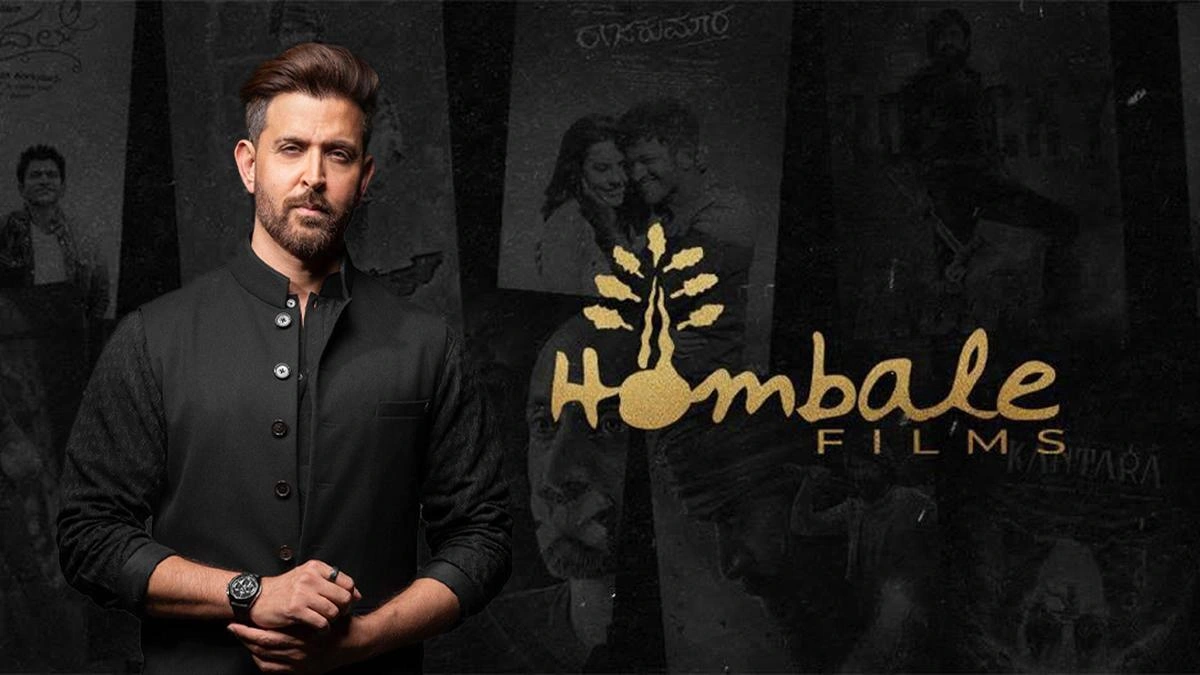The Unfiltered Truth About TikTok: Why It’s More Than Just Viral Dances
TikTok . The name alone conjures images of trending dances, quirky challenges, and endless scrolling. But let’s be honest – it’s way more than just a Gen Z playground. What fascinates me is how this short-form video platform has exploded into a cultural phenomenon, shaping everything from music trends to political discourse, and even impacting e-commerce. So, let’s dive into the real story, the why behind its incredible rise, and what it means for you, whether you’re a user, a marketer, or just someone trying to understand this digital beast.
The Algorithm: TikTok’s Secret Sauce and How It Hooks You

TikTok’s algorithm . It’s talked about constantly, but what makes it so potent? Here’s the thing: it’s not just about showing you popular videos. It’s about learning you. Unlike other social media platforms, TikTok prioritizes content over creators. This means even if you have zero followers, your video has a chance to go viral if it resonates with the algorithm’s understanding of user preferences. It’s a complex system, constantly evolving, and that’s precisely why it’s so addictive. The “For You” page, or FYP, is curated based on watch time, interactions (likes, comments, shares), and the information you provide when setting up your account.
But here’s the real kicker: the algorithm also factors in the videos you don’t watch. If you skip a video quickly, it signals that the content isn’t relevant, further refining your personalized feed. This continuous feedback loop creates an incredibly tailored experience, keeping users engaged for longer periods. It’s a masterclass in personalized content delivery. And this is why brands and marketers are scrambling to understand it.
TikTok and the Democratization of Creativity: Everyone’s a Star
One of the most significant impacts of TikTok is its democratization of creativity. Remember the days when becoming a star required expensive equipment and industry connections? Those days are largely gone. With TikTok , all you need is a smartphone and a creative idea. The platform’s easy-to-use editing tools and vast library of sounds and effects empower anyone to create engaging content.
And it’s not just about dances and lip-syncing (though there’s plenty of that!). We’re seeing educators using TikTok to teach complex subjects, small businesses showcasing their products, and activists raising awareness about important issues. Thisshift is powerful because it gives a voice to individuals who might not have had one otherwise. But with that power comes responsibility, right? Misinformation and harmful content can spread rapidly, so critical thinking is more important than ever.
TikTok’s Influence on Trends and Culture: Setting the Pace
TikTok isn’t just reflecting culture; it’s actively shaping it. The platform has become a trend incubator, dictating everything from fashion choices to musical tastes. Think about the viral songs that have topped the charts after gaining traction on TikTok , or the fashion trends that originated on the platform and quickly spread to mainstream culture.
The speed at which trends emerge and evolve on TikTok is astounding. A dance challenge can go viral overnight, and a niche aesthetic can become a global phenomenon within weeks. This rapid-fire trend cycle has significant implications for marketers and businesses. They need to be nimble, adaptable, and constantly monitoring TikTok to stay ahead of the curve. And speaking of business, TikTok has transformed the landscape of social commerce .
The Concerns and Criticisms | Addressing the Dark Side
Let’s be real; it’s not all sunshine and rainbows. TikTok , like any social media platform, faces its share of criticism. Concerns about data privacy, particularly regarding its Chinese ownership (ByteDance), have been raised repeatedly. There are also valid concerns about the potential for addiction, the spread of misinformation, and the exposure of young users to inappropriate content.
It’s crucial to acknowledge these concerns and engage in critical dialogue about how to mitigate them. Governments around the world are grappling with how to regulate TikTok , balancing the need to protect users with the desire to foster innovation and free expression. The platform itself has taken steps to address these issues, implementing stricter content moderation policies and enhancing privacy settings. But is it enough? That’s the question we need to keep asking.
What Does the Future Hold for TikTok?: Evolution or Revolution?
So, where is TikTok headed? It’s tough to say for sure, but one thing is clear: the platform is constantly evolving. We’re seeing TikTok expand its e-commerce capabilities, invest in augmented reality features, and explore new content formats. The competition is fierce, with platforms like Instagram and YouTube vying for the same audience. But TikTok’s unique algorithm and its focus on short-form video give it a distinct advantage.
What I predict is that TikTok will become even more integrated into our daily lives, blurring the lines between entertainment, communication, and commerce. It will continue to be a driving force in shaping trends, influencing culture, and empowering creators. Whether that’s a good thing or a bad thing, well, that’s up to us to decide. The key is to use it consciously and critically, recognizing its power and its limitations.
FAQ About TikTok
Is TikTok safe for kids?
TikTok has age restrictions and parental control features. Parents should actively monitor their children’s activity and educate them about online safety.
How does the TikTok algorithm work?
The algorithm recommends content based on user interactions, video information, and device settings.
Can I make money on TikTok?
Yes, through creator funds, brand partnerships, and e-commerce. Eligibility criteria vary.
What are some alternatives to TikTok?
Instagram Reels, YouTube Shorts, and Triller are popular alternatives.













